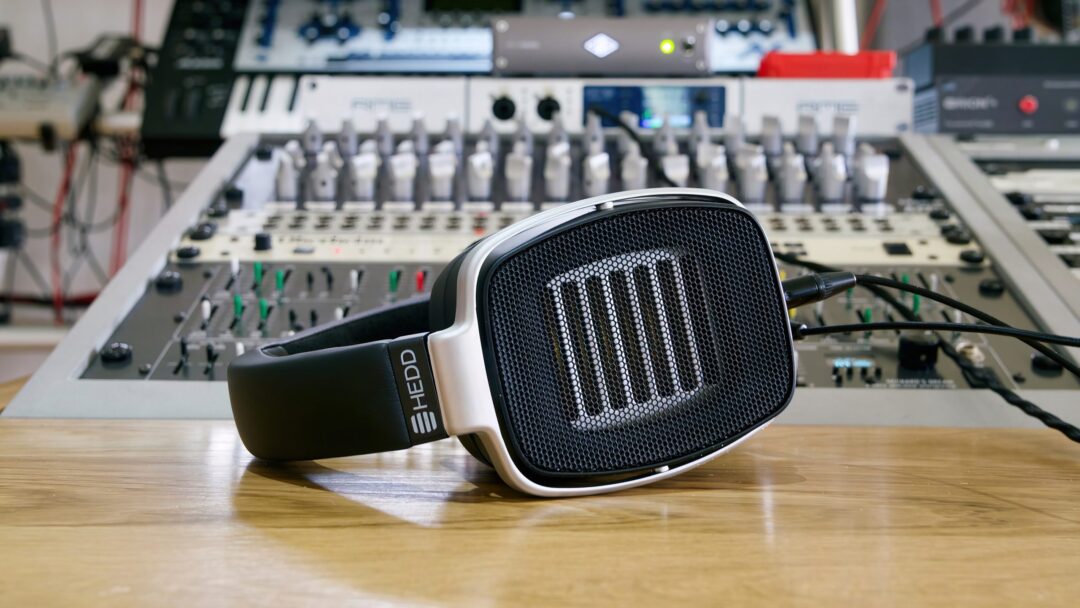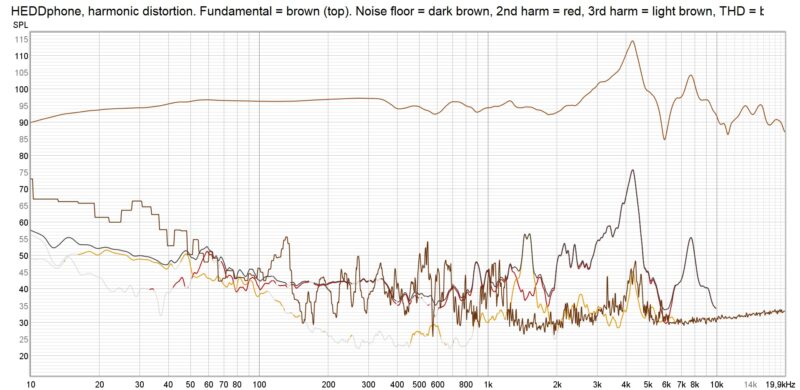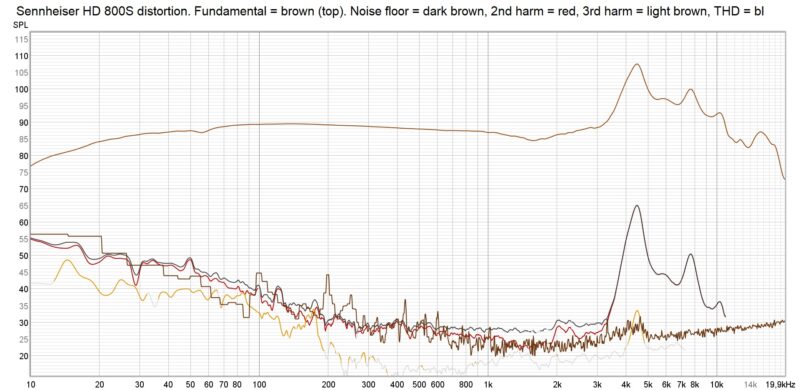Fortunately, completely new things are happening in the world of headphones. HEDDphone is an example of this, because you have probably never seen or heard of these before.
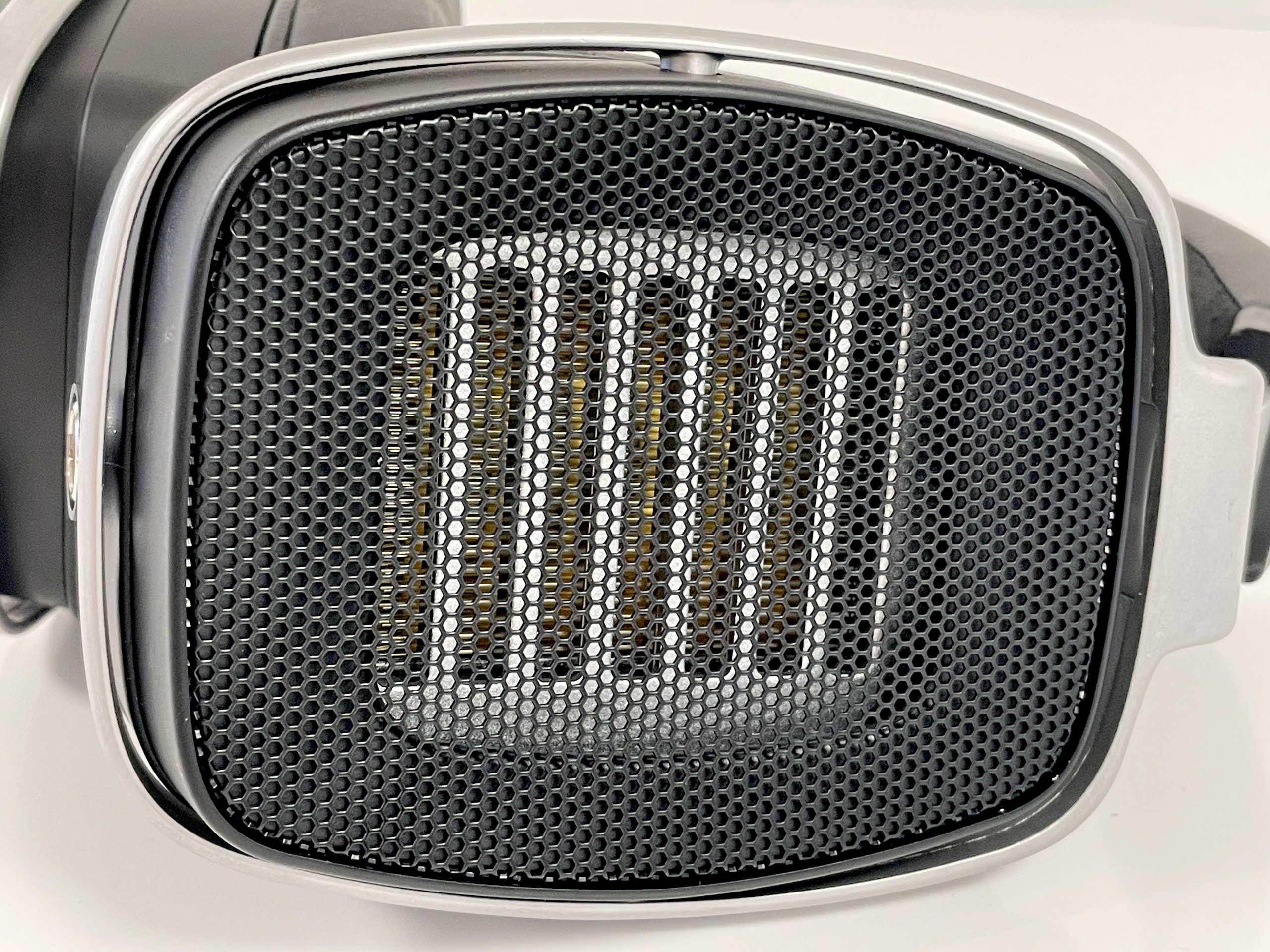
When you thought you had seen all the ways to make headphones, German HEDD Audio comes in from the sidelines, takes one of the best speaker technologies we know of, and pushes it into a pair of mastodon beasts. The result is the HEDDphone: the biggest headphones I’ve ever had on my head. Not only do they protrude well from each side of the head, they also weigh twice as much as the average: 718 grams – without cable!
Special speaker elements
The technology in question is called AMT, or Air Motion Transformer. This is a type of speaker element that is widely used in expensive hi-fi speakers, especially for the treble range. An AMT element has a ultra thin and light diaphragm, which is also accordion-shaped, so that you can fit a large surface into a small area. The accordion shape helps to make the diaphragm stiffer and less prone to breakage, even when you get high in frequency.
At the same time, the increased surface is better suited to reproduce lower frequencies. An AMT tweeter can thus potentially both play higher up in frequency than a traditional dome, and at the same time further down – so the crossover frequency can easily be set below the ear’s most sensitive area (2-3 kHz).
A disadvantage of AMT elements is that they are not suitable for long strokes, thus making them less suitable as bass elements in speakers. But then all the better as tweeters.
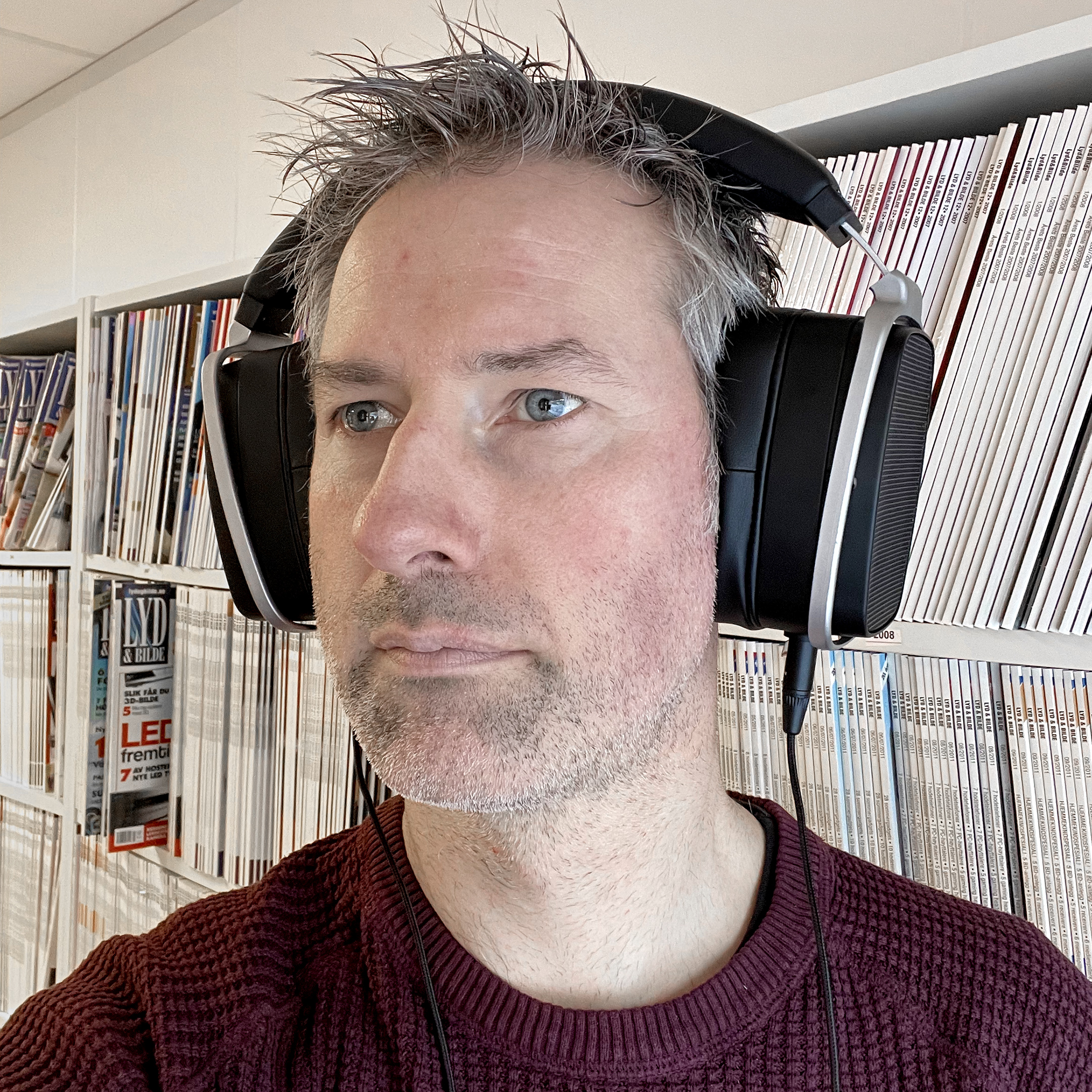
AMT in headphones
The case, on the other hand, is quite different in a pair of headphones. Here, the ear is so close to the diaphragm that it does not have to move much at all – not even in the bass – to achieve a large enough sound volume. This means that it is far more achievable to create a full-tone AMT element.
A standard 1-inch AMT element actually has the same area as an 8-inch conical diaphragm (bass). Which means that when the element is not stressed too much, you can in principle get the entire audible range from a single speaker element, almost without distortion. And since the diaphragm needs much less stroke than the elements in a typical pair of headphones, the transient response is much faster in the entire frequency range.
At least that’s the idea, in a nutshell.
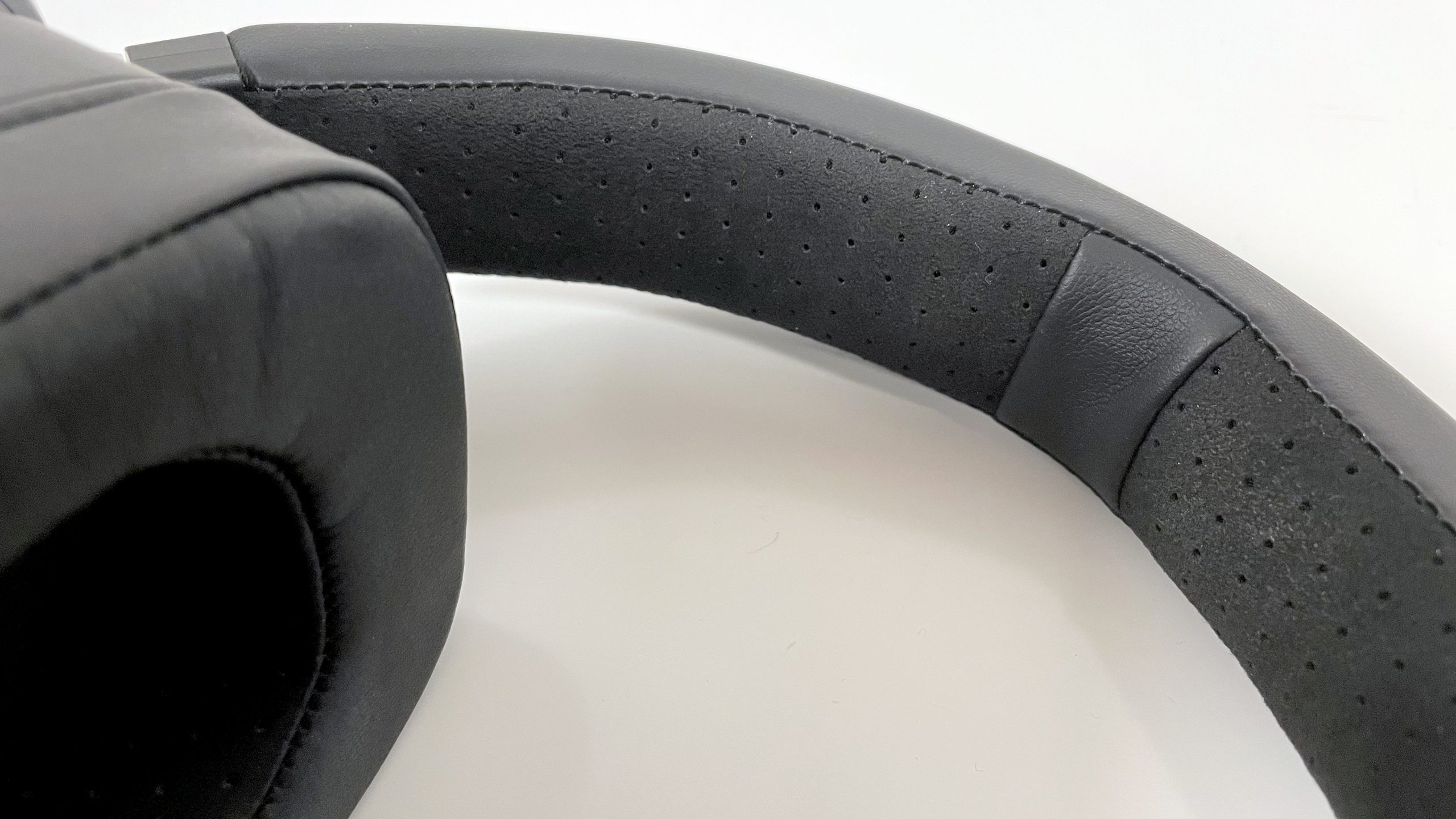
Open type
To make the speaker element perform at its best, you must prevent overpressure and underpressure in the headphones that prevent the diaphragm from unfolding freely. Therefore, all the best headphones are of the open type, rather than closed. The sound is much better, but with the disadvantage that others can hear your music from outside. And you hear the surroundings around you almost as clearly as if you did not wear headphones at all.
Therefore, open headphones are not suitable in all situations, but the sound quality is so much better that I think all serious music listeners should have at least a pair of good quality open headphones.
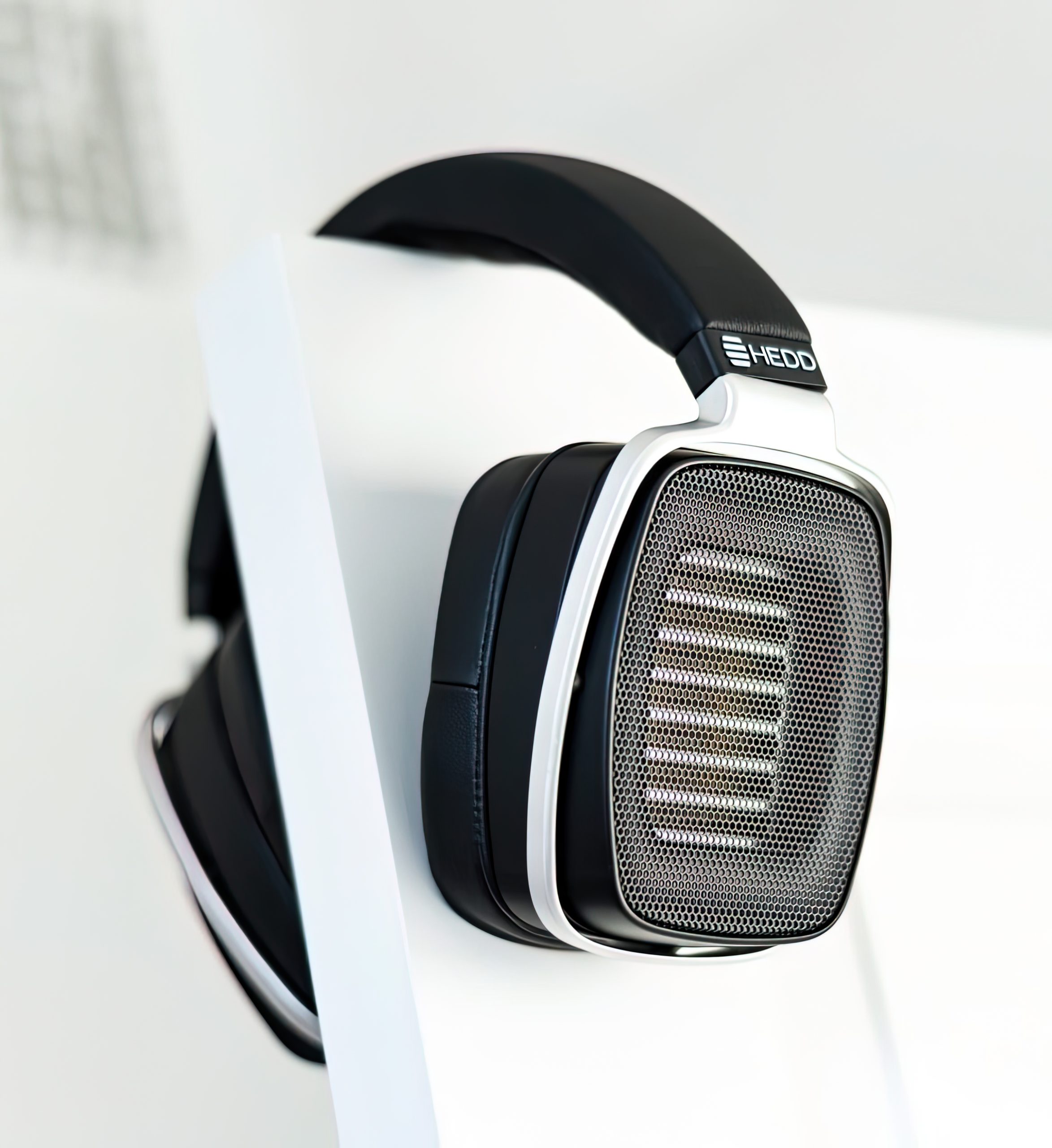
Low sensitivity
HEDDphone is the first headphone I have tried with an AMT element. And I can say right away that you need a proper headphone amplifier. Forget the cell phone, and forget the headphone output on your PC or for that matter integrated amplifier.
Here you need serious power, because the sensitivity with 1 mW is only 87 dB. It is common to see the high 90s or even the 100s, which means that these headphones need around a ten to hundred times more powerful amplifier than the average!
HEDDphone in practice
I have two amplifiers that I use for testing: Auralic Taurus together with a good DAC (usually Hegel HD30, but I also have a cheap favorite in the small, super cheap Drop / Grace Standard DAC Balanced), and Sennheiser HDV 820 with built-in DAC (ESS 9018). The Sennheiser is exceptionally good with headphones that do not require too much power, but it loses dynamics and accuracy if pressed.
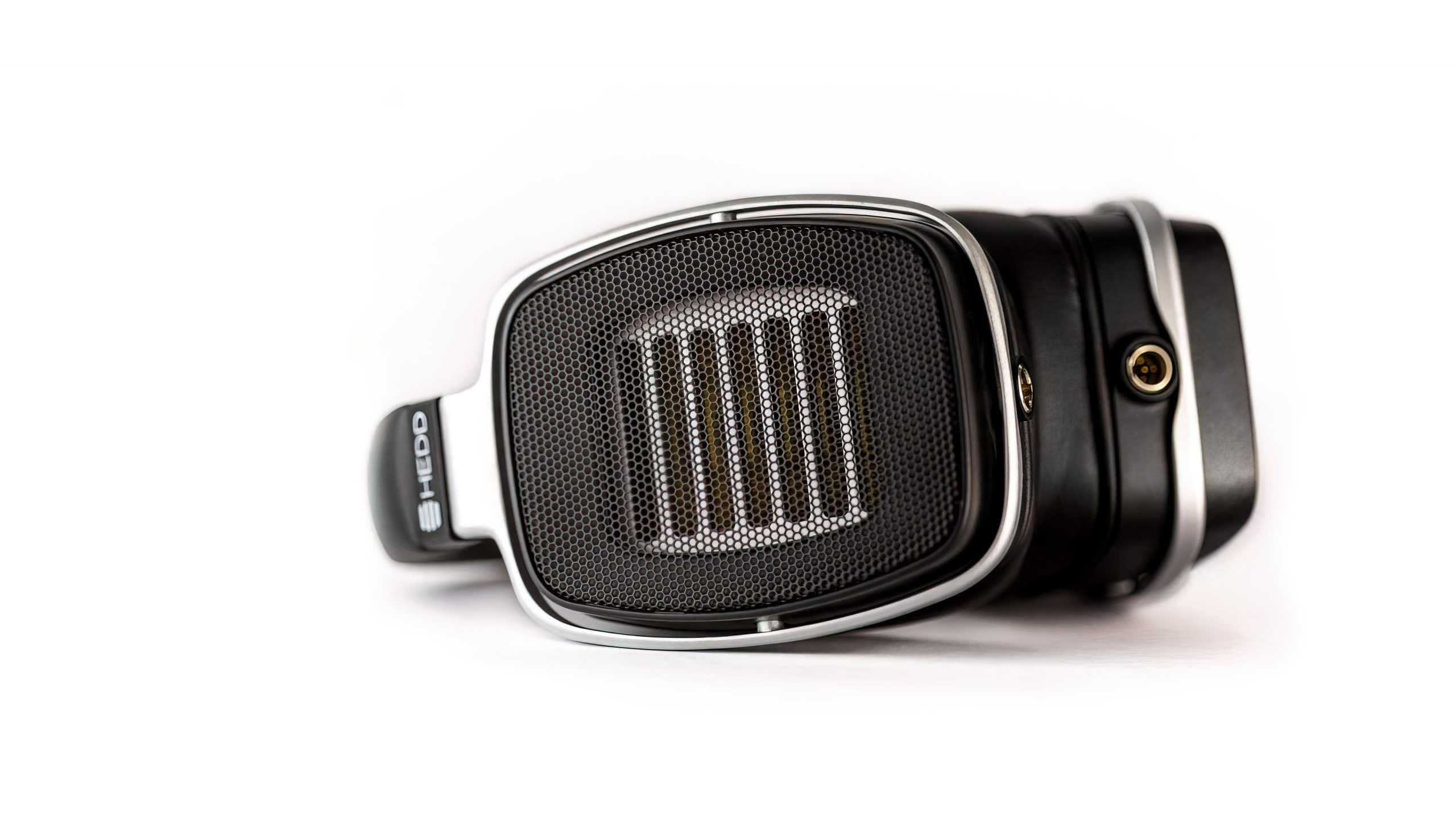
On simple music with moderate to low volume, the HEDDphone turns out to be very capable headphones, with a particularly good grip on airy female vocals like Laura Marling, and a cello sounds pretty close to magic. The room is bigger than I’m used to from headphones, and all the layers of air at the top are really something in themselves.
But. As mentioned, the HEDDphone requires a lot from the amplifier. Normal sound level is obtained by turning the volume wheel on the HDV 820 to 1 o’clock. If you want to do something fun, you have to turn it to 3 o’clock. This is far above normal, and yet you do not get any party feeling in Billie Eilish ‘Therfore I Am. The bass becomes too soft, there is not enough speed in the transients upwards in the treble range, it becomes flat and lifeless.
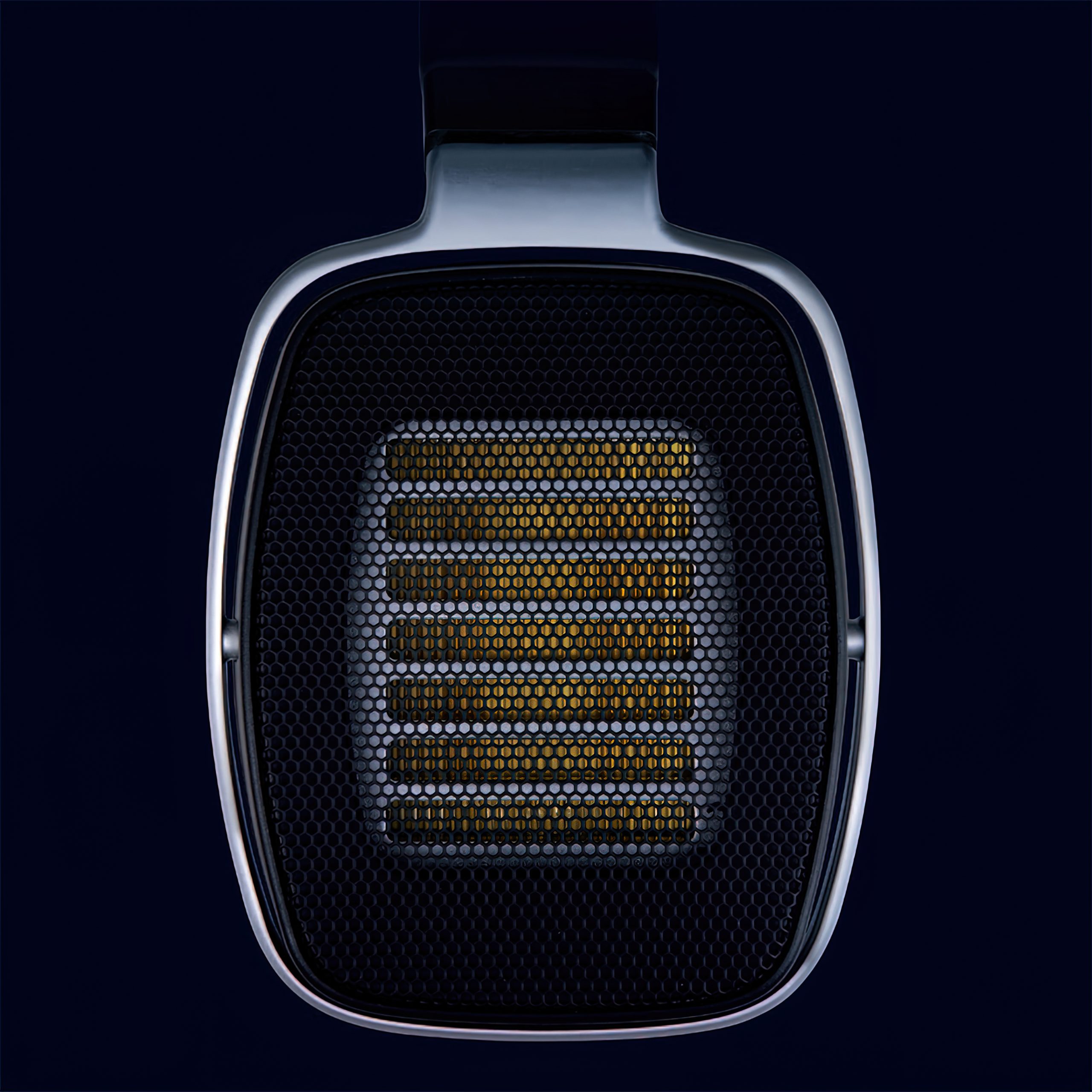
It takes a Taurus
Fortunately, it falls into place when the headphones make the Taurus sharpen. It can charge as much as 4.5 watts in 32 ohms, and HEDDphones 42 ohms do not mean much less. And the power differences are then felt to those degrees, because suddenly not only does the bass become tight and delicious, but the whole soundscape becomes full of life and spark. Party music that with the Sennheiser amplifier was more reminiscent of a flat beer opened two days ago, suddenly felt like a sparkling, freshly squeezed champagne. It’s suddenly a home-alone party in my own head!
HEDDphone takes magic to a new level with Taylor Swift’s Exile with Bon Iver as guest band. The rasping in Justin Vernon’s voice comes out very well, so you can feel the large diaphragm microphone vibrating towards the ear canal. At the same time, Taylor Swift’s voice comes out transparent like a ghost. While the deepest notes from the piano almost drill into the skull.
Bruce Springsteen oozes his sorrows in the ballad One Minute You’re Here from his latest LP Letter to You. HEDDphone keeps up with every rasp in the voice, and brings the fragility to such an extent. I can listen to these for hours – and I end up doing the same. The hours run from me in the office when I have these on my ears. They are not picky about music; rock sounds rock hard, folk music is fragile and rich in sound, while a large orchestra has plenty of room to frolic – with a large dynamic surplus.
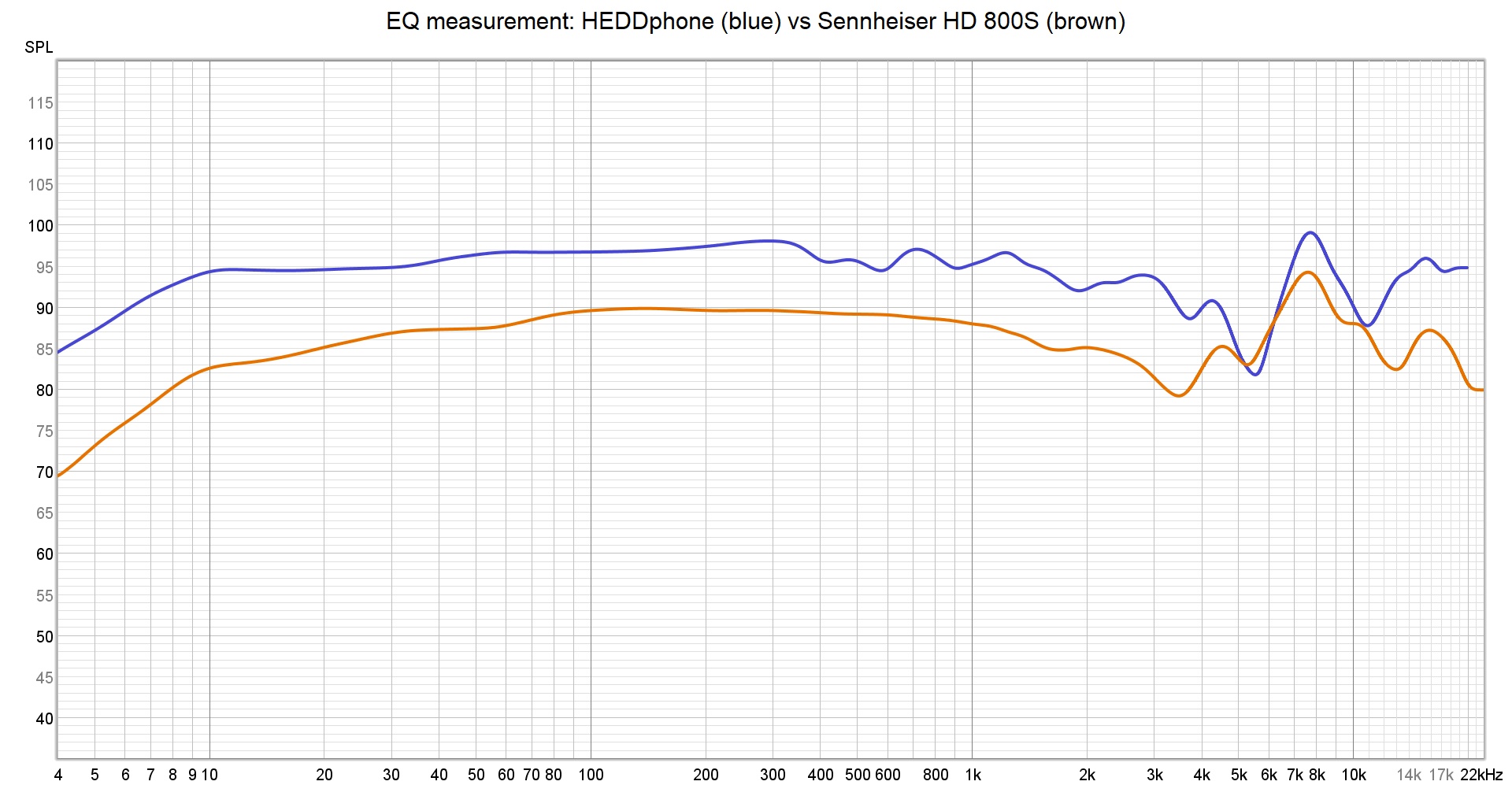
Slightly slim midrange
HEDDphones are really good, no matter what you play on them. At the same time, I would certainly not say they are for everyone. If you put aside the obvious, namely the size and weight, and that they need a really good and powerful amplifier to work, then we are left with the sound itself. And I can not say it enough times, it is really good.
It is still something to be aware of. The reference in this class, the Sennheiser HD 800S, has a warmer midrange reproduction, with a larger reproduction of the vocal cords. The HD 800S appears to be slightly more homogeneous. HEDDphone also produces more pop sounds from a large diaphragm microphone placed a little too close to the vocalist. A bit like there’s an extra subwoofer somewhere. This is not only because there is more energy in the deep bass on the HEDDphone – it is – but also because I feel the homogeneity is better on the HD 800S.
Could be more linear
In the tone range from 400 Hz to 2 kHz – the main tone range, in other words – the HEDDphone has a more uneven reproduction than the HD 800S. Does not erase as bad as Sennheiser’s failed attempt at a pair of closed high-end headphones in the form of HD 820. And you do not think about it until you hear something else, because there are so many details to listen to here, and the sound picture has so lots of room and air. But when you put on the HD 800S, it is a more homogeneous and natural reproduction of the music. But without the magical transient rendering of the HEDDphone.
Another headphone model that uses a slightly different technology is the HiFiMAN HE-1000se. These use plane magnets, which are large membranes that float and vibrate between two magnetic fields. These also have super-fast transients and a smoother frequency response than the HEDDphone. But they do not feel quite as weightless in the treble, and when the price of the HE-1000se is 39,000 kroner, it says quite a lot about HEDDphone’s qualities in the harmonic range.
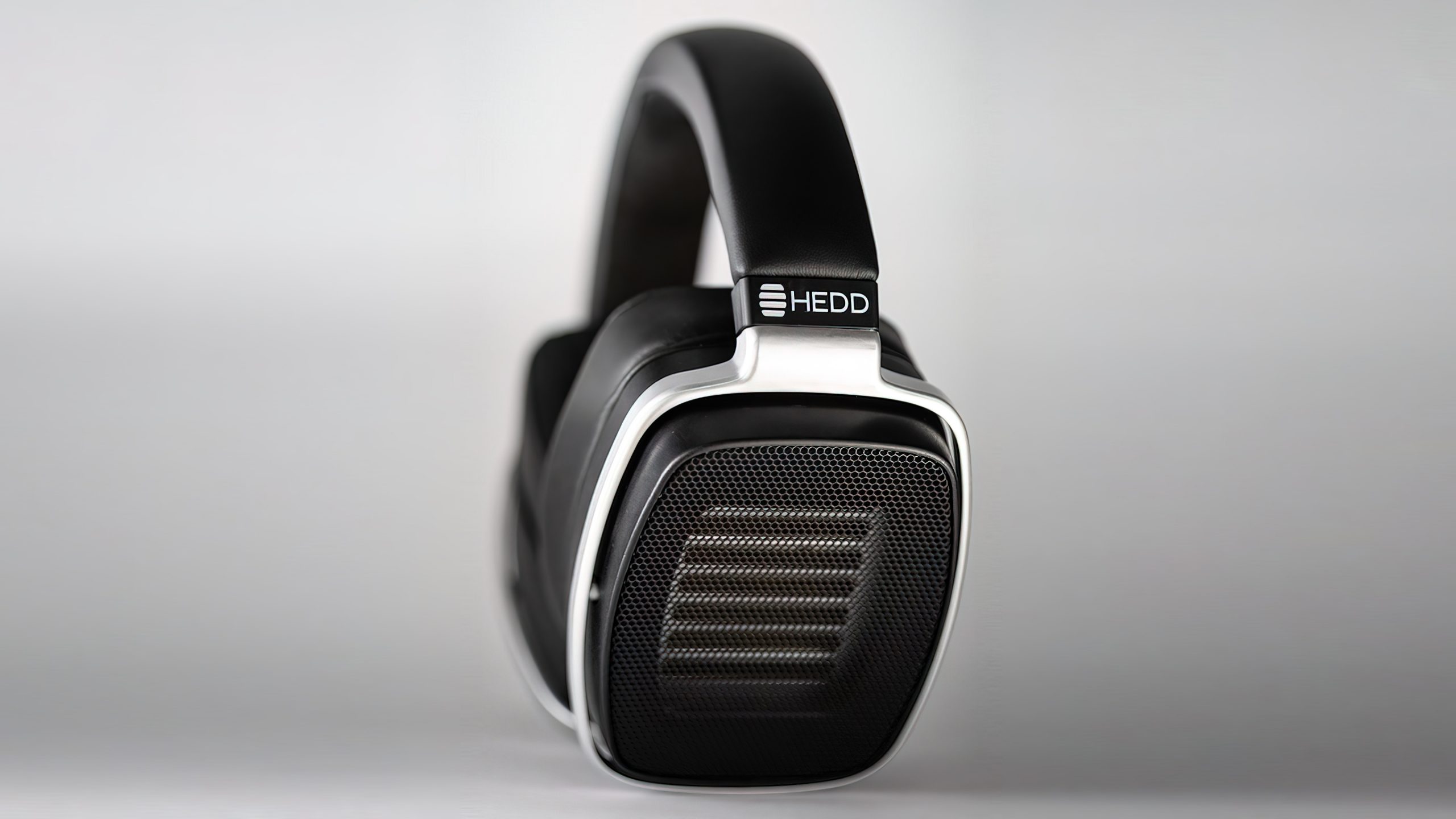
Conclusion
HEDDphone by HEDD Audio uses a very exciting principle with AMT elements. We know these ribbon tweeter-like diaphragms from expensive speakers, and now HEDD Audio has proven that these can also be used as full-range elements in a pair of headphones. With super-fast transient response and layer upon layer of air, they have something particularly magical about them. The details in the upper tone range simply flow!
The headphones also have a deep and nice bass. But it can flow out with the wrong amplifier, and the HEDDphone is generally a little less homogeneous than I would like. They do not really have a hot or cold sound balance, but there is something missing in some places, compared to the reference HD 800S. But the overall impression is still so good, that I would definitely recommend borrowing the ears for these special headphones.
Just be aware that these headphones require a powerful amplifier.

We think
Extremely fast transient response! Full-bodied bass, and the most airy overtones. Big and heavy! The midrange range can be experienced as a bit slim.
1479 €
Specifications
- Type: Open, over-ear
- Principle: Air Motion Transformer (AMT)
- Collapsible: No.
- Microphone / remote control: No / no
- Cables: 6.35 mm (2 m)
- Elements: approx. 50 x 60 mm
- Impedance / sensitivity: 42 ohm / 87 dB (1mW)
- Frequency response: 10-40,000 Hz
- Weight: 718 grams (without cable)
- Color: Black with aluminum details
- Web: hedd.audio
